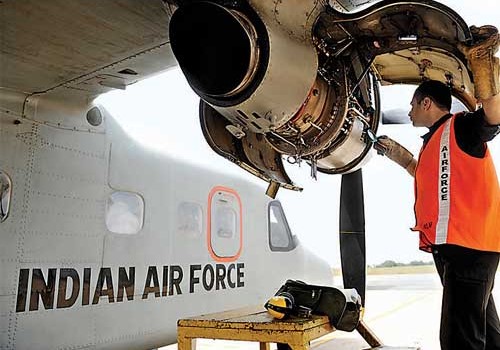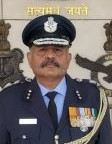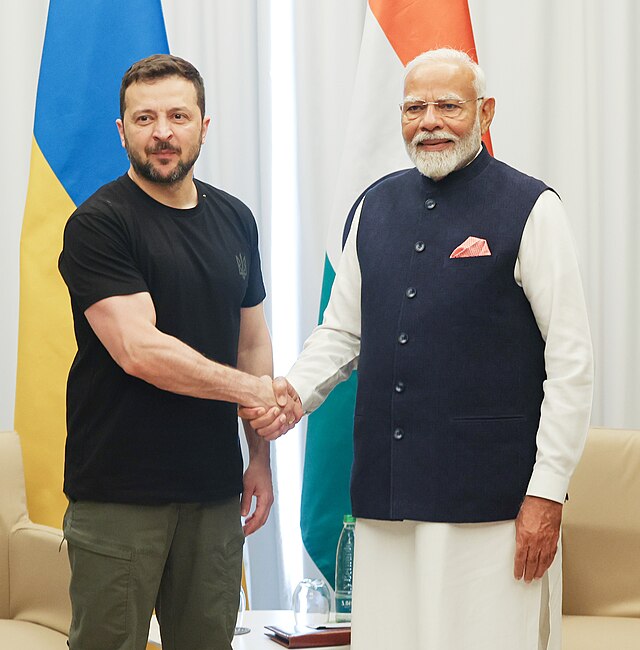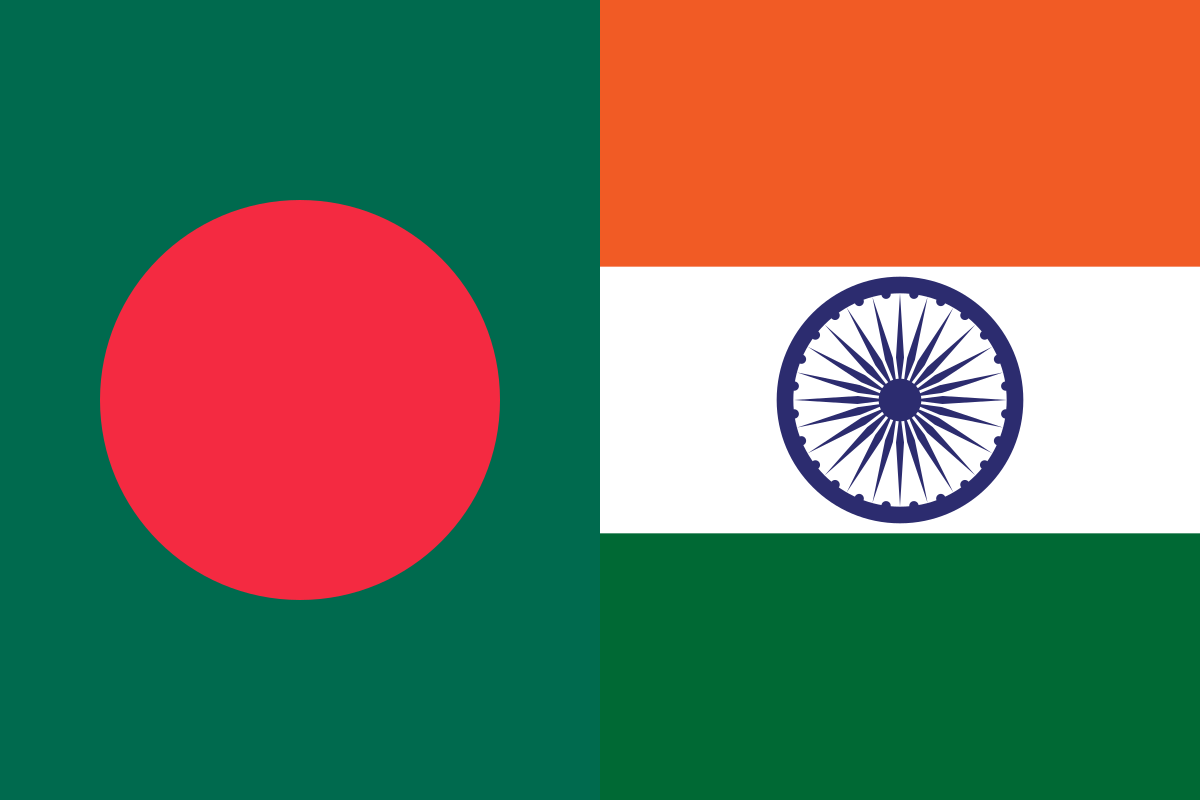
Intricacies of Military Aircraft Maintenance Repair and Overhaul: Challenges and Opportunities for Industry

Maintenance Repair and Overhaul (MRO) is a major activity in the life span of an aircraft and its cost as well as time for overhaul is significant for the operations of aircraft. The activity is complex, equally important, but substantially different than manufacturing. MRO of aircraft and associated equipment is a highly specialised field which requires expertise and experience apart from the licence to perform the activities as it relates to human safety, aviation safety and highly expensive equipment. The civil aviation is ably supported by MRO facilities which are either within their organisation (such as Air India) or established and supported by the OEM (Original Equipment Manufacturers of the aeroplanes such as Boeing, Airbus etc), or certain private establishments, which can undertake few specific tasks, as authorised by the OEM. In fact, the term MRO has been more labelled with civil aviation and has been little used in military parlance.
MRO activities for military aviation in India has been limited to either Hindustan Aeronautics Limited (HAL), in-house facilities of Indian Air Force, and in certain cases with the foreign OEM itself. The routine maintenance of aviation assets of Indian Army and Indian Navy is undertaken by them and more dependent on HAL/OEM for their MRO requirements.
In the recent times with the expansion of aviation industry, manufacturing capability for aircraft parts and equipment, growing interest by private players and establishment of certain MRO facilities within India (mostly with support from OEM), this field is being anxiously watched by companies who are eager to participate and meet the MRO needs of military aviation. Few firms have gained experience in this field, working as either ancillaries to MRO facilities for civil aviation, developed the requisite expertise in collaboration with the OEM or in some areas by themselves. With increased attention towards capability development and privatisation, it is natural that more industries participate and enter the domain of military aviation. However, there are vast differences between the civil and military aviation requirements and the intricacies need to be fully understood. In spite of the complexities in military MRO activities, it should not deter the private industry from venturing into this field.
In the recent times, few firms are already associated in undertaking certain MRO activities for IAF, where specific activities have been part-tasked or outsourced. Few firms undertake repairs at their premises too. In this process, these firms and their personnel have gained valuable experience and expertise to undertake these jobs. However, there could be more scope for the private industry to participate.
Unravelling the Intricacies of Military MRO
The maintenance cost is a major component of aircraft operation and also significant in the overall life cycle cost. The MRO activities are mostly scheduled and planned by the designers based on flying hours, calendar life and landings. These may be classified into minor or major, depending on the extent of activities. These MRO activities are different from the routine line maintenance, which is undertaken on daily basis. In this article, the term MRO is being used excluding the line maintenance. Generally, line or routine maintenance is undertaken by the airline staff (for civil aviation) and by uniformed personnel (in IAF and aviation arms of Army and Navy), the MRO activities which are complex, labour intensive and time consuming are mostly outsourced by the civil airline operators. In case of IAF, some portion of MRO is with HAL and some proportion is undertaken by the Base Repair Depots (BRDs).
Basic Concept of Overhaul and Repair. The MRO activities are undertaken strictly as per the aviation safety norms. Overhaul process includes dismantling, cleaning, inspection (visual, measurements and non-destructive examination), change of spares either by new or refurbished, assembly, testing by special equipment and reassembly. Subsequent to overhaul, the entire system is subjected to checks on ground and in air, as mandated by the technology. The repair procedure may be comparatively simpler and is focused only on identifying and rectifying the fault. The MRO activities can be further subdivided for airframe, engine and various components. While the basic philosophy of activities for all may be same, there are specific nature of activities for airframe, engine and components.
Military Aircraft. Military aircraft primarily comprise of Fighter Jets, Transport, Helicopters and Trainers. Recent entrants being Drones and Remotely Piloted Aircraft (RPA). While basic philosophy of maintenance is common for all type of aircraft, the military aircraft and engines need to be more rugged due to their role The entire aircraft has to be capable to meet high manoeuvrability requirements, high ‘g’ and higher speeds in dynamic operating conditions. Therefore, the materials used for construction are also different to sustain extreme temperature conditions, stealth and battle damage. Many onboard systems are also different such as fire control radar, electronic warfare (EW) systems, weapon control systems, onboard oxygen generators (OBOGS) etc. Since military aircraft are subjected to harsh operating environment, the periodicity of checks and MRO activities are different than civil aircraft and therefore need stringent checks and procedures to be followed.
Other Systems. Contrary to the common perception, there is much more in military aviation environment, other than airborne platforms. These include radars, communication systems, surface to air guided weapons (SAGW), specialist vehicles, armament, specialist test equipment, ground equipment, survival equipment such as parachutes and dinghies. Their MRO process encompasses similar activities however, the work content and extent depend on each specific type of equipment.
Technology. The MRO activities are undertaken as prescribed by the OEM technology which is documented to the minutest detail. Any deviation from these has to be approved from the regulatory and certification authorities. Needless to emphasise, that the quality control process has to be strictly followed.
Present Status of Military MRO. The MRO of Indian military aircraft and various systems is undertaken by either HAL (for aircraft manufactured by them), Bharat Electronics Ltd, BRDs (for a varied range of aircraft and systems) and in some cases by the foreign OEMs. In case of foreign OEM there may be a long-term repair contract or annual maintenance contract. MRO by foreign companies is definitely cost prohibitive and time consuming. This is one of the weak areas, where self-reliance is thwarted due to the proprietary clauses and non-sharing of technology by the foreign OEMs. There is a tight control over supply of spares too, in addition to high costs, by these OEMs. Non availability of correct spares, is detrimental to the MRO activity and can cause substantial delays. Finding the equivalence of spares or producing them in India is a major challenge due to the technology, raw material and special processes involved in producing them.
Opportunities
Variety of Work. Presently the military MRO is limited to Defence Forces and DPSUs. Few firms are engaged for undertaking specific work which has been outsourced to them. With increasing MRO activities, there is scope for private industry to undertake additional work. These works can be in the form of structure repairs, electrical repairs, paint removal, painting, refurbishment of cabins, seats, undertaking specialised NDT during overhaul, modifications and many other activities. However, most of these works will have to be done in the premises and at the locations where the aircraft is undergoing overhaul.
Indigenous Platforms. With emphasis on Self Reliance, the future inductions in Indian Defence Forces will have increased proportion of indigenous platforms and equipment. In case of military aircraft, it is already planned with induction of Light Combat Aircraft (LCA “Tejas”), Advanced Light Helicopter (ALH “Dhruv”) and Light Combat Helicopter (LCH). Advanced Medium Combat Aircraft (AMCA) is already under development. Similar inductions are also on the cards for variety of defence equipment for all the three services.
Components and Systems. Apart from work sharing for the overhaul of main platforms, there is a vast scope for outsourcing the MRO work for various components of the aircraft or other systems. At present, these facilities are again confined to defence, DPSUs and foreign OEMs. Even for the indigenous platforms such as LCA, many components which are of foreign origin or of indigenous nature, the repair and overhaul facilities are yet to be established.
Outsourcing of MRO from DPSUs. The MRO activity which is time consuming and labour intensive can be outsourced to the private partners. The production agencies can therefore focus on enhanced production activities and undertake future developmental work. Even if the entire work is not transferred, part of it can be shared through outsourcing. This will improve efficiency and reduce the Turnaround Time, with more agencies partnering in undertaking the MRO work. Though not related to aviation, a similar concept can be applied to main platforms of army, which await long queues at Ordnance Factories.
Availability of Skilled Manpower. With introduction of apprenticeship training, a substantial number of ITI technicians have been exposed to various facets of MRO in military aviation. This data should be available with the Directorate of Skill Development and Entrepreneurship. In addition, for the supervisory role a number of ex-servicemen who are highly skilled and experienced are readily available. The Directorate General of Resettlement or Directorate of Air Veterans can be helpful in providing this data base to the firms interested in engaging their services. With introduction of Agniveer concept in defence services, a number of skilled technicians are expected to be available in future, as a disciplined and trained workforce for the private industry. Though they may have limited experience in MRO work, they will be easily adaptable to the industry. In addition, certain firms engaged in MRO have also trained their manpower by establishing skill development institutes.
Ancillary Work. When more and more firms are engaged with MRO activities, the ancillary activities such as production of spares, supply of consumables etc will also be necessitated, which provides additional opportunities. There are also opportunities for development and repair of variety of ground equipment, test equipment, specialist vehicles etc. Academic work such as reliability enhancement programs, studies on cost and time reduction for MRO, modifications, developmental projects, can be the value-added offshoots of such initiatives.
Challenges
Complex and Specialised Work. The military aircraft are much more complex in nature due to various onboard systems, made of different materials and of latest technology. Hence the technology and work content are different, which needs stringent procedures and quality checks.
Variety of Aircraft and Equipment. The types of military aircraft and equipment in India is a mix of foreign (from different countries) and also indigenous. The vintage of these is also from old to modern. Hence the technology for each is different and therefore MRO procedures for each type would be different in nature.
Skilled Workforce. As brought out earlier, aviation maintenance is a highly specialised field which requires an experienced, trained and skilled workforce. As compared to civil aircraft, such workforce for military aircraft and equipment may be less in numbers, though this challenge can be overcome by suitable training.
Availability of Technology. Whatever be the type of aircraft and equipment, the concerned MRO agency needs to have a licence to undertake the work. The technology for repair and overhaul is restricted with the manufacturer and designated MRO agencies. Hence for a private firm, the licence needs to be available, along with accessibility to technology. While for indigenous products, DPSUs can provide the MRO technology, in case of foreign OEMs it can be shared by defence establishments (if available with them). However, where the technology is not available in India, it is either required to be developed (which is not too easy) or provided at a cost by the foreign OEM through partnerships by private firms. If there are long term repair or annual maintenance contracts, the OEMs are reluctant to share the technology, due to commercial reasons.
Technical Infrastructure. If the MRO work has to be undertaken independently by a private firm, complete technical infrastructure needs to be established. The availability of spares also needs to be ensured. Apart from common technical equipment and facilities, specific to type test rigs are required for each specific component and system. This is cost prohibitive and hence the firm needs to plan the investment vis a vis likely business and profitability.
Support in Operations. This is one of the major challenges, wherein due to inherent nature of military operations, there are requirements from the MRO establishments to provide onsite support. Due to far flung areas and difficult operating conditions in operational zones, the MRO agencies need to be prepared to provide maintenance support, to field units.
Way Forward
As there is scope for participation by private industry in military MRO, the complexities and challenges involved need to be understood by the industry. Though there has been some growth in this sector in last few years, and few private firms have engaged in this task, the aviation industry is yet to fully mature for military aviation. This is however, feasible with handholding by DPSUs, defence establishments and support from the government.
Even with the focus on self-reliance, considering the security needs of the country, the foreign procurements are likely to continue for next few years, though their proportion may reduce. For any foreign procurement, during the contractual stage itself, the MRO plan needs to be worked out and the OEM need to be persuaded to provide the technology for MRO to Indian agencies, whether it be to a private company or defence establishment. This needs to be worked out at the ab-initio stage and not in the midlife of the equipment. A clear plan in the induction stage will rule out any dependence on the foreign OEMs in future.
For the existing aircraft and other systems, the defence establishments and DPSUs can work out the work sharing and outsource them to the private industry. This of course will require support to be provided to the private industry in terms of technology and necessary inputs.
For the indigenous platforms which are now in the production stage and those which are under development, there lies a huge opportunity for private partnership. As these are also planned to be exported, their MRO facilities in India can become regional hubs and provide maintenance support to the countries acquiring these assets. The development of MRO technology for the main equipment and all its components is therefore necessary from the initial stages. This will enable the private agencies to gear up and create facilities required to establish the MRO. If India has to become a major defence exporter, the onus lies on the design and production agencies to therefore consider this important aspect, as any importer would expect optimum maintenance support during the life cycle of the aircraft.
Exposure to highly technological work of military aviation and capability development, can be utilised by the industry for civil aviation too. Participation and hand holding by all the agencies will ensure maturing of the aviation industry in India.
**************
Reference for image – http://www.dnaindia.com/bangalore/report-plane-and-simple-air-force-station-yelahanka-is-the-busiest-1898215
Disclaimer
The opinions expressed in this article are the author’s own and do not reflect the views of Chanakya Forum. All information provided in this article including timeliness, completeness, accuracy, suitability or validity of information referenced therein, is the sole responsibility of the author. www.chanakyaforum.com does not assume any responsibility for the same.
Chanakya Forum is now on . Click here to join our channel (@ChanakyaForum) and stay updated with the latest headlines and articles.
Important
We work round the clock to bring you the finest articles and updates from around the world. There is a team that works tirelessly to ensure that you have a seamless reading experience. But all this costs money. Please support us so that we keep doing what we do best. Happy Reading
Support Us





















POST COMMENTS (0)